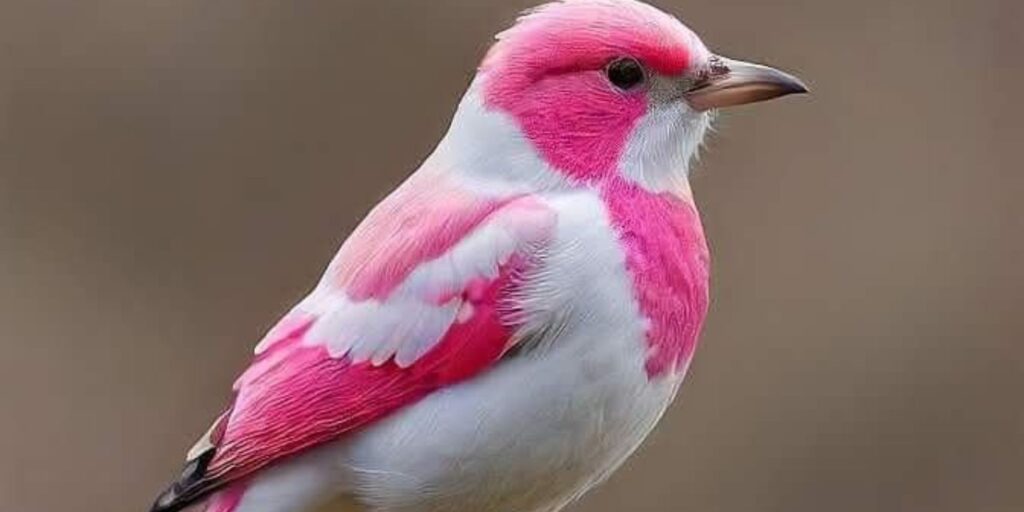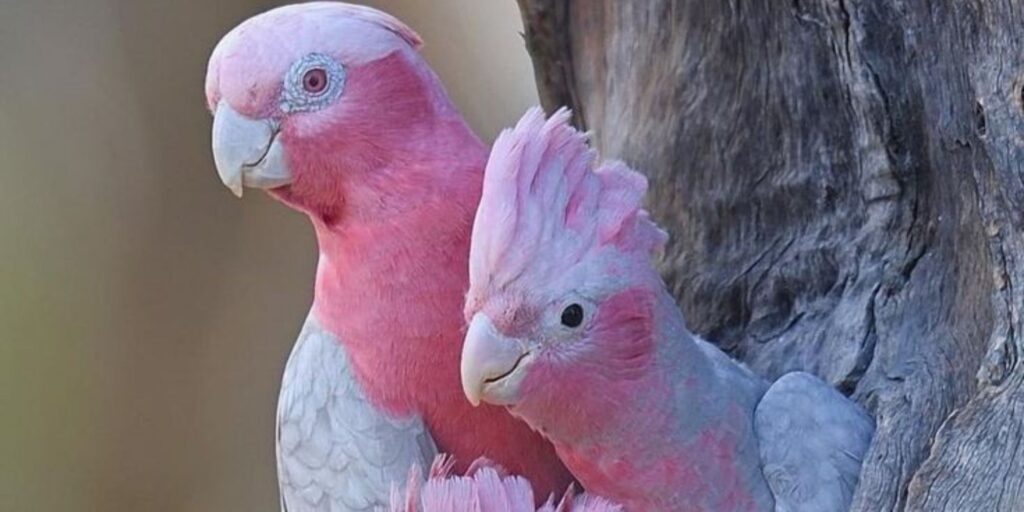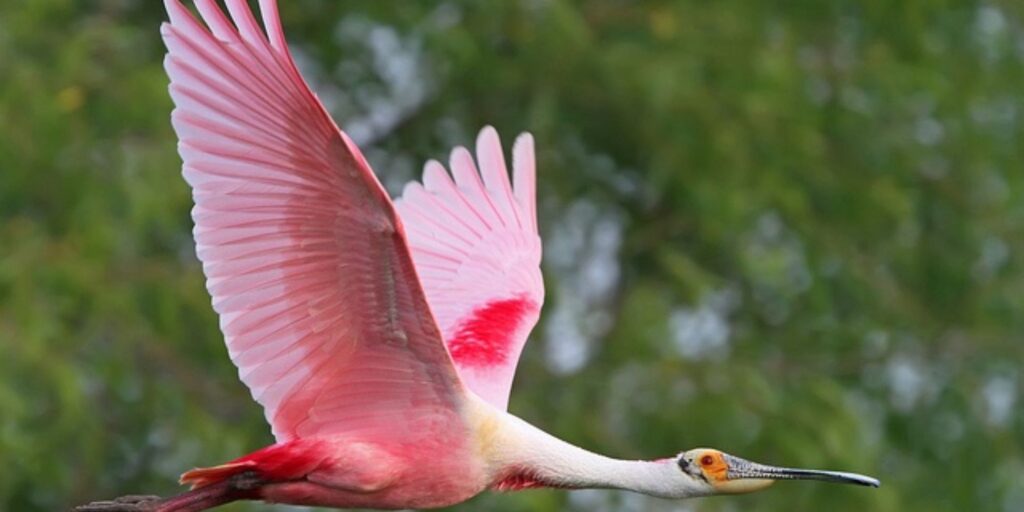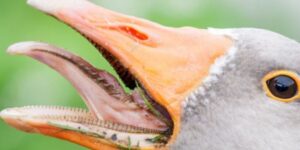Introduction
Pink bird are a striking and enchanting group, known for their vibrant, soft hues that stand out in their natural habitats. The most famous among them is the flamingo, with its elegant, long legs and distinctive pink feathers, which come from the carotenoid pigments in their diet of algae and crustaceans. Another notable pink bird is the roseate spoonbill, recognized for its vivid plumage and unique, spoon-shaped bill. These birds are often found in wetlands, coastal areas, and tropical regions, where they feed on fish, insects, and other small creatures. Their pink coloring serves as a form of communication and attraction, especially during mating seasons. In addition to their beauty, pink birds play essential roles in maintaining ecological balance by controlling insect populations and dispersing seeds. Their presence in diverse ecosystems adds a splash of color and a reminder of the incredible variety of life found across the globe.
Exploring the Habitats of Pink Bird Around the Globe

Pink bird are often found in some of the most breathtaking habitats on Earth. These vibrant creatures thrive in wetlands, coastal areas, and lush tropical regions. Each environment provides the resources they need to survive and flourish.
In North America, Roseate Spoonbills grace estuaries and marshes. Their unique spoon-shaped bills help them forage for fish and crustaceans hidden beneath the water’s surface. These shallow waters offer a rich buffet, allowing them to thrive in their natural habitat.
Meanwhile, flamingos make their homes in saline lagoons or mudflats across Central and South America. They prefer warm climates where they can wade through brackish waters while sifting through sediment for food like algae and tiny shrimp that give them that stunning pink hue.
Moving over to Africa, you’ll find lesser flamingos flocking together along alkaline lakes such as Lake Natron. Here, these graceful birds gather by thousands during breeding seasons. The harsh conditions don’t deter them; instead, they create a spectacular sight against an otherworldly landscape.
Asia is not left out either; there are beautiful pink bird like the Asian Openbill Stork inhabiting wetlands throughout India and Southeast Asia. They nest among tall grasses near riversides or rice paddies teeming with aquatic life—providing ample food sources year-round.
Australia boasts its collection of fascinating pink birds too! The Galah is commonly spotted in urban parks but also loves open woodlands where it finds seeds to munch on alongside friends from its large social groups.
Each region offers something unique for these captivating species—making every sighting an adventure filled with wonder!
Roseate Spoonbills: Majestic Pink Birds
The Roseate Spoonbill is a true marvel of the bird world. With its striking pink plumage, this wading bird captures attention wherever it goes. Its unique appearance sets it apart from other species, making it a favorite among birdwatchers and nature lovers alike.
These birds are primarily found in wetlands and coastal regions across North America, Central America, and parts of South America. Their habitats include marshes, estuaries, and lagoons where they can find abundant food sources. The shallow waters are perfect for their feeding habits.
A defining feature of the Roseate Spoonbill is its distinctive spoon-shaped bill. This adaptation allows them to forage efficiently in muddy waters. They sweep their bills side to side as they search for crustaceans, small fish, and insects hidden beneath the surface.
Their breeding season typically runs from late winter through early summer. During this time, you can spot large colonies nesting in trees or shrubs near water bodies. These communal roosts provide safety from predators while offering ample resources for raising young chicks.
Young Spoonbills start with gray feathers before gradually developing their signature rosy hue as they mature. The intensity of color can vary based on diet; those who consume more carotenoid-rich foods tend to have brighter plumage.
While these birds may seem plentiful now, environmental threats loom over their future existence. Habitat destruction due to urbanization and pollution poses significant challenges for Roseate Spoonbills throughout their range.
Efforts to protect wetlands play a crucial role in ensuring these majestic creatures thrive alongside diverse ecosystems around the globe.
Pink Birds in Different Regions

Pink bird are fascinating creatures that inhabit various regions across the globe. Each area offers a unique ecosystem, contributing to the diversity of these stunning avians.
In North America, one can often spot the iconic Roseate Spoonbill. This bird thrives in wetlands and coastal marshes, where it forages for fish and crustaceans. Their vibrant plumage stands out against lush green reeds and shimmering water surfaces.
Traveling southward to Central America reveals another collection of pink bird. The American Flamingo graces lagoons and shallow coasts with its striking color. These sociable birds gather in large flocks, creating breathtaking scenes as they wade through tidal flats.
Moving further afield to Africa, we encounter several species of flamingos residing around salt lakes like Lake Nakuru in Kenya. Here, thousands of Greater Flamingos create a mesmerizing spectacle as they feed on algae while painting the shores pink with their flocks.
Asia is home to some lesser-known pink bird species such as the Lesser Adjutant Stork found in wetland areas across India and Southeast Asia. While not entirely pink, its subtle hues blend beautifully into its surrounding habitat as it stalks through shallow waters searching for prey.
Australia also boasts captivating pink birds like the Galah or Rose-breasted Cockatoo. These social parrots fill open woodlands with their playful antics while showcasing patches of delightful blush feathers against grayish tones.
Each region presents an opportunity to appreciate how distinct habitats influence the appearance and behaviors of these remarkable pink birds. Understanding their environments enriches our admiration for them.
Diverse Pink Bird Species Worldwide
Pink bird are a fascinating group that captivates birdwatchers and nature enthusiasts alike. Their vibrant plumage adds a splash of color to various ecosystems around the world. Each species boasts unique characteristics, habitats, and behaviors.
One of the most well-known pink birds is the flamingo. These elegant wading birds are often found in shallow waters across Africa, Asia, and South America. Their striking pink feathers come from their diet of algae and crustaceans rich in carotenoids.
Another notable species is the roseate spoonbill. This bird has an unmistakable shape with its long legs, broad bill, and stunning pink color. You can find them foraging along coastlines or wetlands in North America and parts of Central America.
In Madagascar resides the lesser vasa parrot, which displays subtle shades of pink alongside greyish tones. Although less common than other pink birds, it contributes to Madagascar’s rich biodiversity while showcasing unique environmental adaptations.
The Galápagos Islands introduce us to another remarkable creature: the endemic Galápagos penguin. While not entirely pink, some individuals have a slightly rosy hue on their bellies during breeding season due to hormonal changes.
Australia is also home to several delightful species, like the rosy-faced lovebird, which is often seen perched together among trees or feeding on seeds near water sources where it thrives.
We can’t overlook parrots like the rose-breasted cockatoo or galah known for their eye-catching appearance with bright hues mixed with gray accents. Found primarily in Australia’s woodlands and scrublands; they’re social creatures that enjoy living within flocks.
These diverse species showcase how captivating “pink” can be across different environments globally.
Identifying Pink Birds

Identifying pink bird can be a delightful challenge for nature enthusiasts. Their striking colors make them stand out in various habitats, but spotting them often requires keen observation.
When looking for pink birds, pay attention to their unique features. The shade of pink can vary from soft pastels to vibrant hues. For instance, the Roseate Spoonbill is known for its bright rosy feathers that shimmer under sunlight.
Bird size also plays an important role in identification. Some species are small and delicate, like the American Flamingo chicks which start gray before developing their iconic coloring as they mature. In contrast, larger birds like the Greater Flamingo showcase long legs and necks adorned with bold plumage.
Behavioral traits assist in identifying these stunning creatures too. Many pink bird species are social and thrive in flocks. Watching how they interact with one another provides clues about their identity and habits.
Habitat preferences are equally telling when it comes to recognition. Pink birds often inhabit marshes or coastal areas where food sources abound—making this environment perfect for observing them up close.
Additionally, consider your location during your search; some species have specific ranges while others migrate seasonally across continents seeking warmer climates or abundant resources.
Listening closely enhances your ability to identify different pink birds by sound alone! Each species has distinct vocalizations that range from honks to melodic calls—an auditory clue that adds depth to your observations on this colorful journey through avian life.
Conservation Efforts for Pink Birds
Conservation efforts for pink bird are crucial in ensuring their survival and the health of their habitats. Many species, such as the Roseate Spoonbill and flamingos, face threats from habitat loss, pollution, and climate change. Protecting wetlands and coastal areas is essential since these environments serve as breeding grounds and feeding sites.
Organizations around the world are working diligently to safeguard these beautiful creatures. They research to monitor populations and understand patterns in behavior. Educational programs raise awareness about the importance of preserving ecosystems that support pink bird.
Additionally, several reserves have been established globally where conservationists can work directly with local communities. These collaborations help promote sustainable practices that benefit both people and wildlife. In many regions, guidelines for eco-friendly tourism have been implemented to minimize human impact on delicate habitats.
Legislation also plays a key role in protecting pink bird species. Laws aimed at conserving wetlands restrict development projects that threaten important habitats. International agreements seek to provide safe migratory routes for those species traveling long distances each year.
Individuals can contribute through responsible birdwatching practices or by supporting organizations dedicated to avian conservation efforts. Every action counts when it comes to preserving these stunning symbols of nature’s beauty.
Fostering a greater understanding of our environment goes hand-in-hand with protecting its inhabitants — especially those vibrant pink birds we cherish so much!


